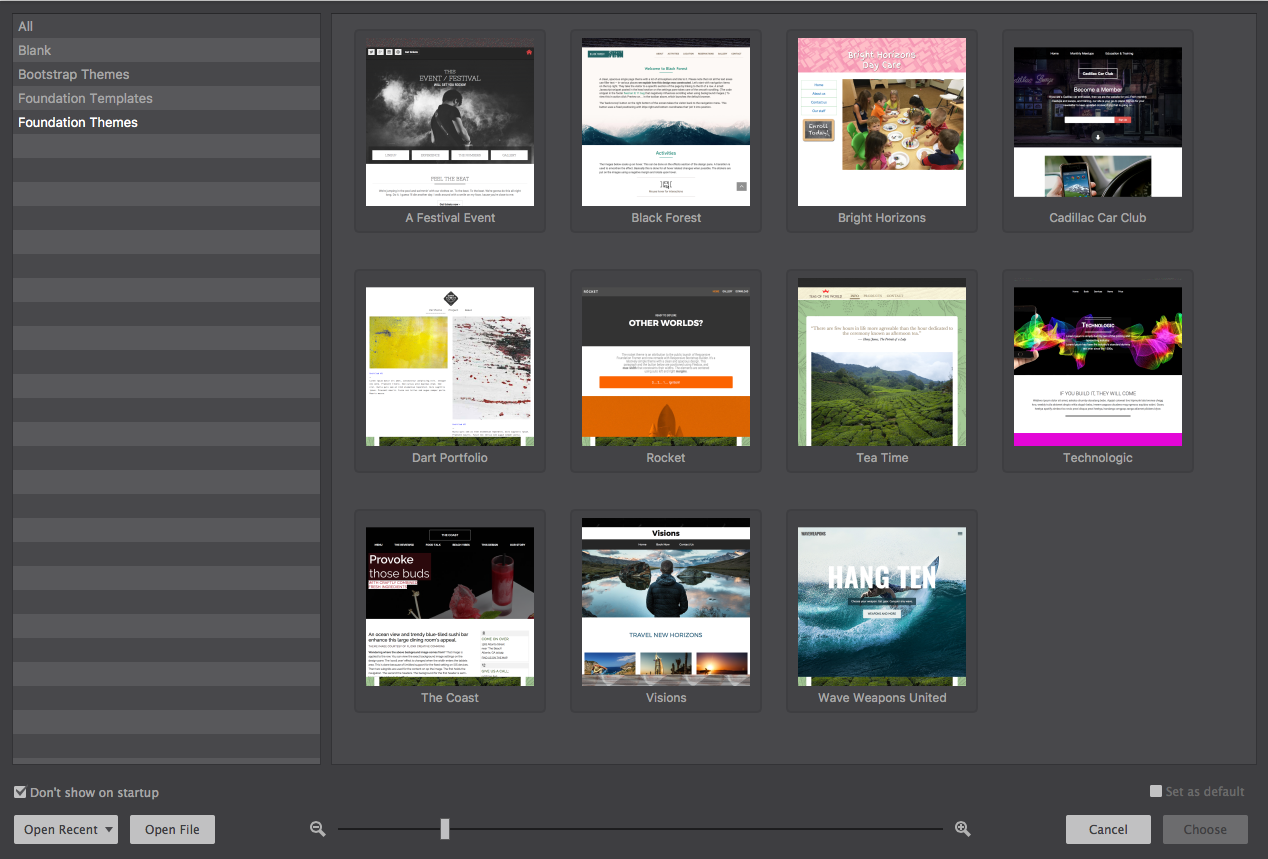

#Responsive site designer 1.5 android
That said, Chrome desktop will show a reasonable approximation to Android Chrome, and macOS Safari will be similar to the iPhone because they’re based on the same rendering engines. A CSS feature that works in Firefox would “work” on its emulated iPhone view regardless of actual support. The browser will use its own rendering engine - not that of the emulated device. They cannot accurately emulate the following: However, be aware that these tools only imitate a device’s screen dimensions and user agent. Load a page and choose Enter Responsive Design Mode from the Develop menu. In Safari, enable the Show Develop menu in menu bar option from the Advanced tab of the browser Preferences. Switch back to the browser tab to view the resized site: Then click the Toggle device toolbar icon: In Chromium-based browsers, open Developer tools from the More tools menu or press Ctrl | Cmd + Shift + I. In Firefox, select Responsive Design Mode from the Web Developer menu or press Ctrl | Cmd + Shift + M: Most browsers offer a Responsive Design Mode which lets you select a device and user agent, rotate it, choose a resolution, alter the pixel density, throttle bandwidth, emulate touch, and take screenshots. Resizing your browser window is a reasonable testing strategy for a few hours, but it rapidly becomes inaccurate and cumbersome. However, it’s still necessary to test your site across a range of devices, resolutions, and browsers… The most recent option - CSS Grid - is supported by almost 95% of browsers in use today. The RWD technologies above all offer good browser support. For example: /* styles applied to all views */ p Browser Support They allow CSS to target specific ranges of viewport dimension. Media queries were the primary basis of the first RWD sites. Without this, the browser will presume it’s rendering a desktop site and scale it accordingly so it can be panned and zoomed. The width=device-width setting ensures mobile browsers scale logical CSS pixels to the width of the screen. Regardless of any RWD technique, the following tag must be set in your HTML : The following sections provide a number of technical implementation options. Those on smaller screens can click an icon to view navigation links, while those with larger screens may see all the options in a horizontal list. More recently, many sites have adopted simpler layouts, where the mobile and desktop experience is mostly similar.Ī typical example of RWD in action is the hamburger menu. It started with a linear mobile view, which worked on all devices then rearranged or adapted content as more space and supported browser features became available. This is a challenge, and many of the first RWD sites took an existing desktop layout and removed sections as screen dimensions reduced.Ī better technique was mobile first. There’s no single RWD approach or technology.įirst, you must determine how a site design will react to differently sized displays. The technique allowed the same site to work on any device regardless of screen size or viewport dimensions. This rapidly became impractical as the variety of devices grew exponentially.įinally, the term Responsive Web Design (RWD) was devised by Ethan Marcotte in 2010. The initial workaround was two sites: one for desktop and one for mobile, often with user agent sniffing to redirect as necessary. Each logical pixel maps to a grid of 3×3 real pixels, which enables smoother fonts and increased image detail. An iPhone 11 Max translates its 2688 x 1242 hardware resolution to a more practical 896 × 414 logical resolution. Note: Technically, smartphones often have a higher resolution than many monitors, but individual pixels become invisible. Today, more than half of users access web pages on a smaller mobile device. However, the rise of smartphones and the iPhone launch in 2007 reversed that trend. The process remained viable as screen sizes kept increasing from 800×600 to 1024×768 and beyond. That fluidity made complex designs more difficult, so by the turn of the millennium, many sites adopted a fixed-width based on popular screen sizes.

Text and containers expand horizontally and vertically to use the available space.


 0 kommentar(er)
0 kommentar(er)
